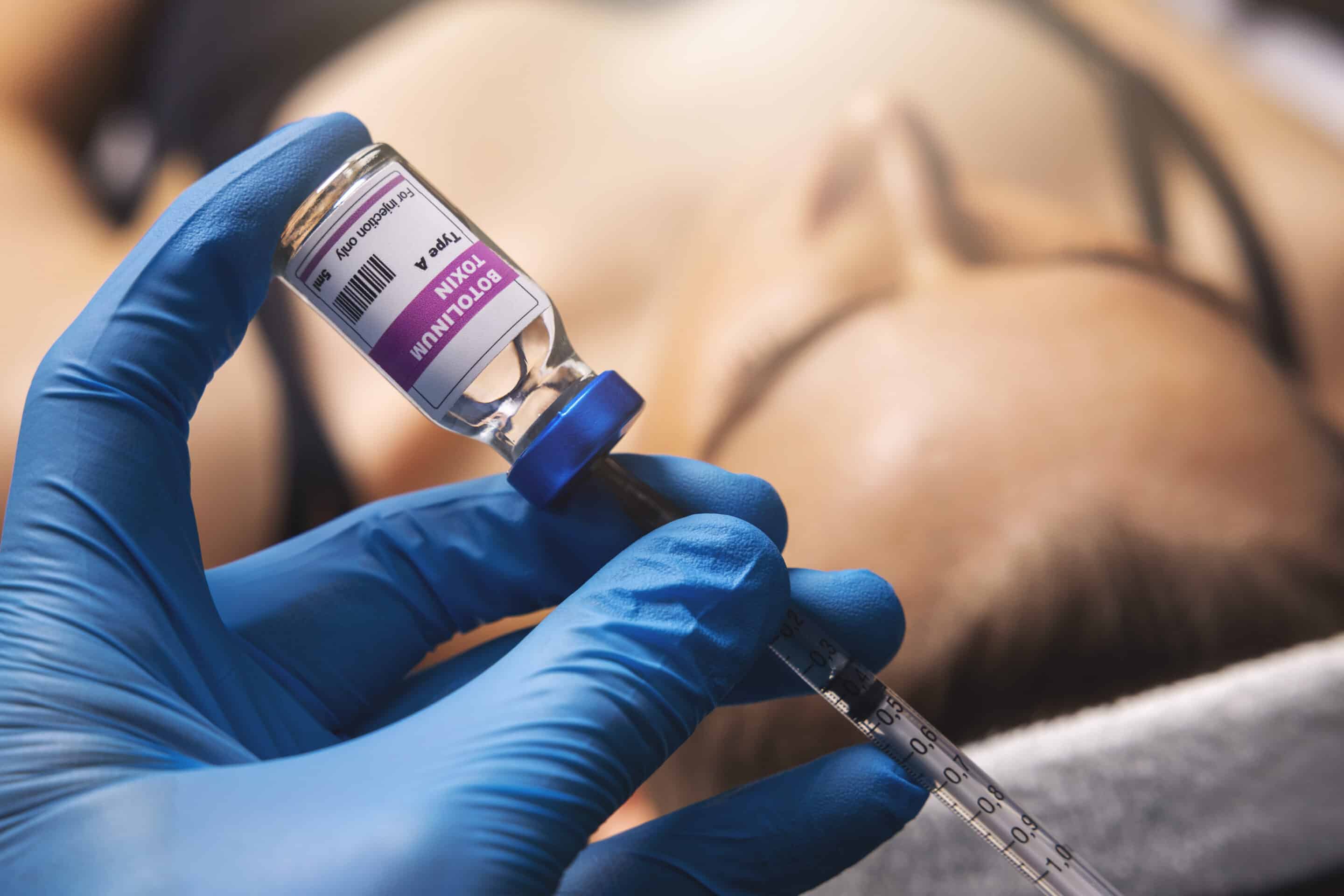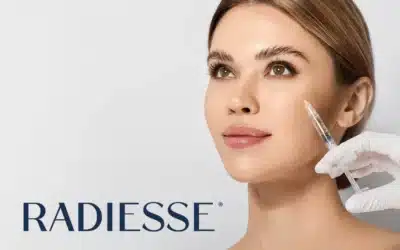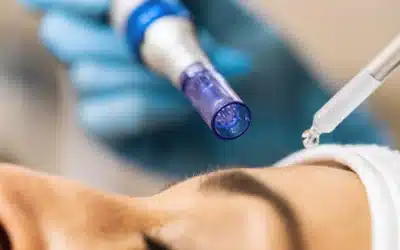When it comes to injectable treatments for reducing the appearance of wrinkles, smoothing frown lines, and achieving a youthful appearance, two popular options dominate the market: Xeomin and Botox. Both treatments use a form of botulinum toxin type A to relax the facial muscles responsible for dynamic wrinkles, such as glabellar lines and forehead lines.
But what are the key differences between these two cosmetic treatments, and how do you choose the right one for your cosmetic goals? Let’s explore the differences between these two popular wrinkle-fighting injections!
What are Botox and Xeomin?
Both Botox and Xeomin are botulinum toxin injections used for aesthetic purposes, but they also have therapeutic purposes, such as treating Cervical dystonia, muscle spasms, and overactive bladder. These injectable treatments work by blocking nerve signals that cause muscle contractions, which in turn reduces the appearance of wrinkles.
The primary difference lies in the formulation. Botox contains additional proteins or protective proteins, while Xeomin is known as a “naked injectable,” meaning it contains no additive proteins or preservative proteins. This lack of additives makes Xeomin a purer form of the active ingredient.
Key Differences Between Xeomin and Botox
This distinction in formulation can lead to several implications for both the effectiveness and the treatment experience of each product.
Purity and Stability
The absence of additional proteins in Xeomin contributes to its perceived purity. Some practitioners argue that this purity may reduce the likelihood of some patients developing antibodies to the treatment, possibly resulting in longer-lasting effects. On the other hand, the complex formulation of Botox may offer more versatility in terms of the range of treatment areas; however, it could potentially cause resistance to treatment over time if used repeatedly.
- Botox contains accessory proteins that can sometimes cause your body to develop antibodies, potentially reducing the effectiveness of the treatment over time.
- Xeomin, manufactured by Merz Aesthetics on the other hand, has no extra proteins, meaning it delivers a more purified form of the toxin. For some patients, this may translate to a more consistent response to treatments.
Onset and Duration of Effects
While both Botox and Xeomin show initial effects within three to five days after injection, anecdotal reports from practitioners suggest that Xeomin may deliver more rapid results for some users. Patients frequently report seeing smoother results sooner with Xeomin compared to Botox. Nevertheless, the duration of the effects can vary; studies reveal that the longevity of results for both products is generally similar, lasting around three to four months. Individual response, injection technique, treatment area, and dosage can all influence these timeframes.
- Both treatments start to work within a couple of days, with full results appearing in 7-14 days.
- In terms of longevity, both Botox and Xeomin provide a temporary reduction in wrinkles lasting about 3-4 months. However, individual experiences may vary, and factors such as facial anatomy, the treatment process, and daily activities can influence the effectiveness over time.
Injection Technique and Areas of Treatment
Both Xeomin and Botox require skilled practitioners for optimal results, but they may offer differing advantages depending on the areas being treated. Botox has long been used in a wide range of cosmetic and medical applications, making it a well-established choice for many practitioners. Its complexity allows for more tailored treatment plans, especially in areas with varying muscle dynamics, such as the forehead, around the eyes (crow’s feet), and in the frown lines between the eyebrows (glabellar lines).
Xeomin, on the other hand, is gaining popularity for its effectiveness in these same areas but is particularly favored when patients have developed resistance to Botox. This is largely due to its “naked” formulation, which may be advantageous for patients who have built antibodies against the additive proteins in Botox. Therefore, for individuals looking to switch from Botox or those who have experienced diminishing returns from their previous treatments, Xeomin may provide a refreshing alternative.
- Both Botox and Xeomin are highly effective for treating dynamic wrinkles, which are caused by repeated facial movements like smiling and frowning. These treatments work well for frown lines, crow’s feet, and forehead lines.
- However, for static wrinkles (those that are present even when your face is at rest), other treatments like dermal fillers may be recommended alongside Botox or Xeomin.
Common Side Effects and Safety
Both Botox and Xeomin injections are considered safe and effective treatments when administered by a qualified healthcare provider, such as a board-certified physician or experienced injector.
Common side effects of Xeomin and Botox include:
- Injection site pain
- Muscle weakness
- Temporary bruising
- Mild swelling
- Headache
In rare cases, more severe side effects can occur, such as muscle stiffness, neck pain, or allergic reactions. If you experience any adverse reactions or severe side effects, contact your healthcare provider immediately.
Key Takeaways
- Xeomin is a purer form of botulinum toxin type A, containing no additional additives or proteins.
- Botox includes accessory proteins, which may cause your body to develop antibodies after long-term use.
- Both treatments offer effective, temporary reduction of facial wrinkles, with results lasting about 3-4 months.
- The best treatment option depends on your personal preferences, cosmetic goals, and medical background.
Whether you’re looking for wrinkle treatments for cosmetic enhancements or solutions for medical conditions like muscle spasms or neck bands, Xeomin and Botox both provide excellent results with minimal side effects. The choice between them ultimately depends on your needs and what you want to achieve with your anti-aging treatment.
Take the first steps to revealing the most confident you by scheduling a consultation with Dr. Klein, our injector with 20+ years of experience as a physician, at Vitality Women’s Healthcare today!




